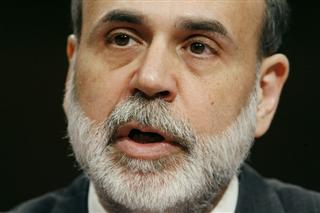
WASHINGTON, DC - The Federal Reserve is moving closer to giving home buyers more protection from the types of shady lending practices that have contributed to the housing crisis and propelled foreclosures to record highs. Chairman Ben Bernanke and his central bank colleagues were expected to approve a plan Monday that would crack down on dubious lending practices that have hurt many of the riskiest "subprime" borrowers, people with tarnished credit histories or low incomes.
Proposed rules made public in December would: Restrict lenders from penalizing risky borrowers who pay loans off early. Require lenders to make sure those borrowers set aside money to pay for taxes and insurance. Bar lenders from making loans without proof of a borrower's income. Prohibit lenders from engaging in a pattern or practice of lending without considering a borrower's ability to repay a home loan from sources other than the home's value. Curtail misleading ads for many types of mortgages. Bolster financial disclosures to borrowers.
Consumer groups have complained that the new rules are not strong enough. Lenders worry they are too tough, could limit mortgage options for people and made it harder for some to obtain financing. The new lending rules may not get a test for some time because there are fewer home buyers these days, given all the problems in the housing and credit markets. Also, some of the shady practices, along with some lenders, have not survived, felled by the mortgage meltdown.
"Clearly this is closing the barn door after the fact," said Susan Wachter, a professor of real estate and finance at the University of Pennsylvania's Wharton School of Business. Yet, she said, "this is a very important move. It absolutely will make a difference going forward." Much will hinge on effective enforcement.
The plan would apply to new loans made by thousands of lenders, including banks and brokers. It would not cover current loans. Those different lenders fall under a patchwork of regulators at the federal and state levels. So it will be up to each of these authorities to enforce the new provisions.
Source: Boston.com